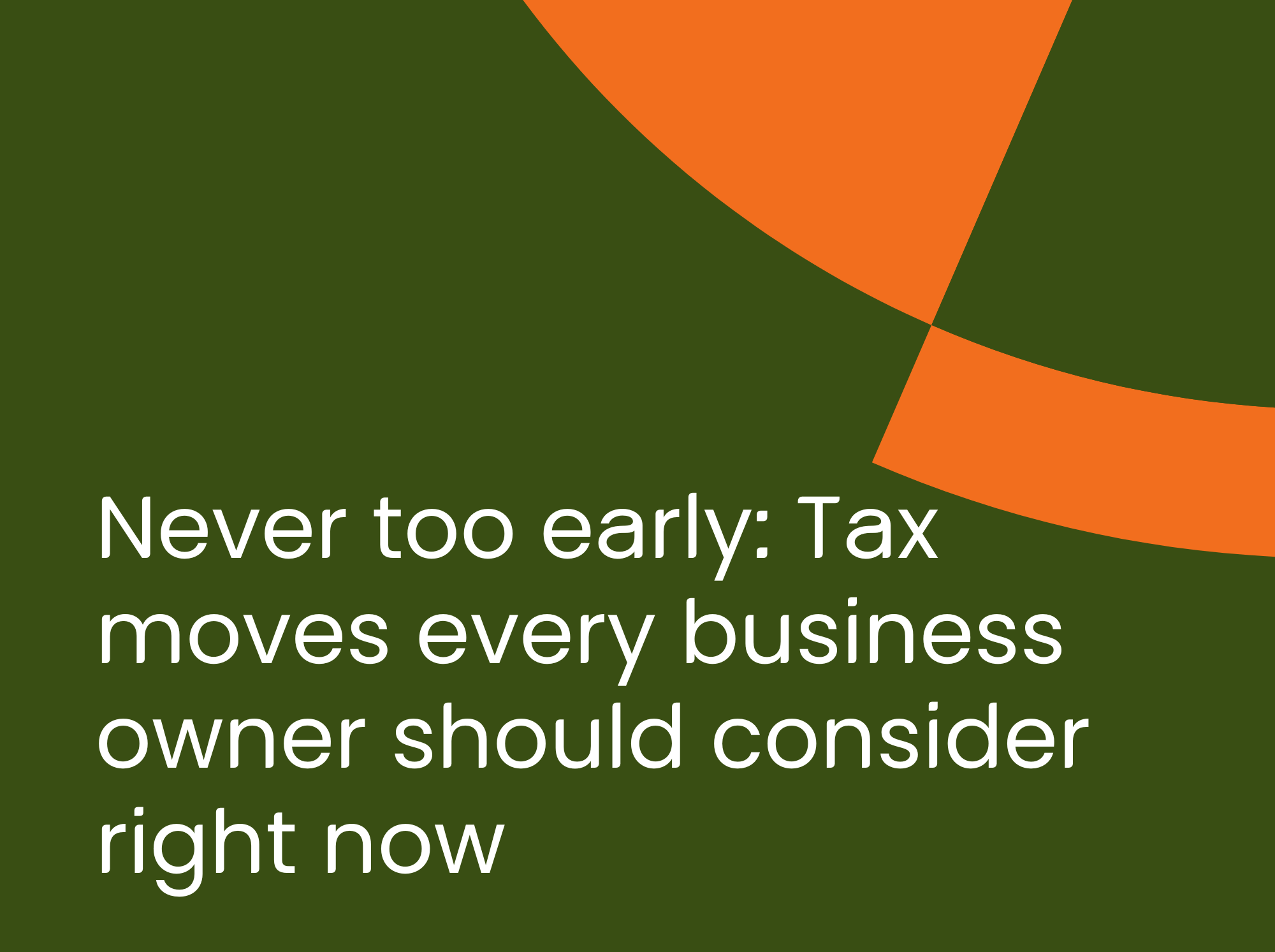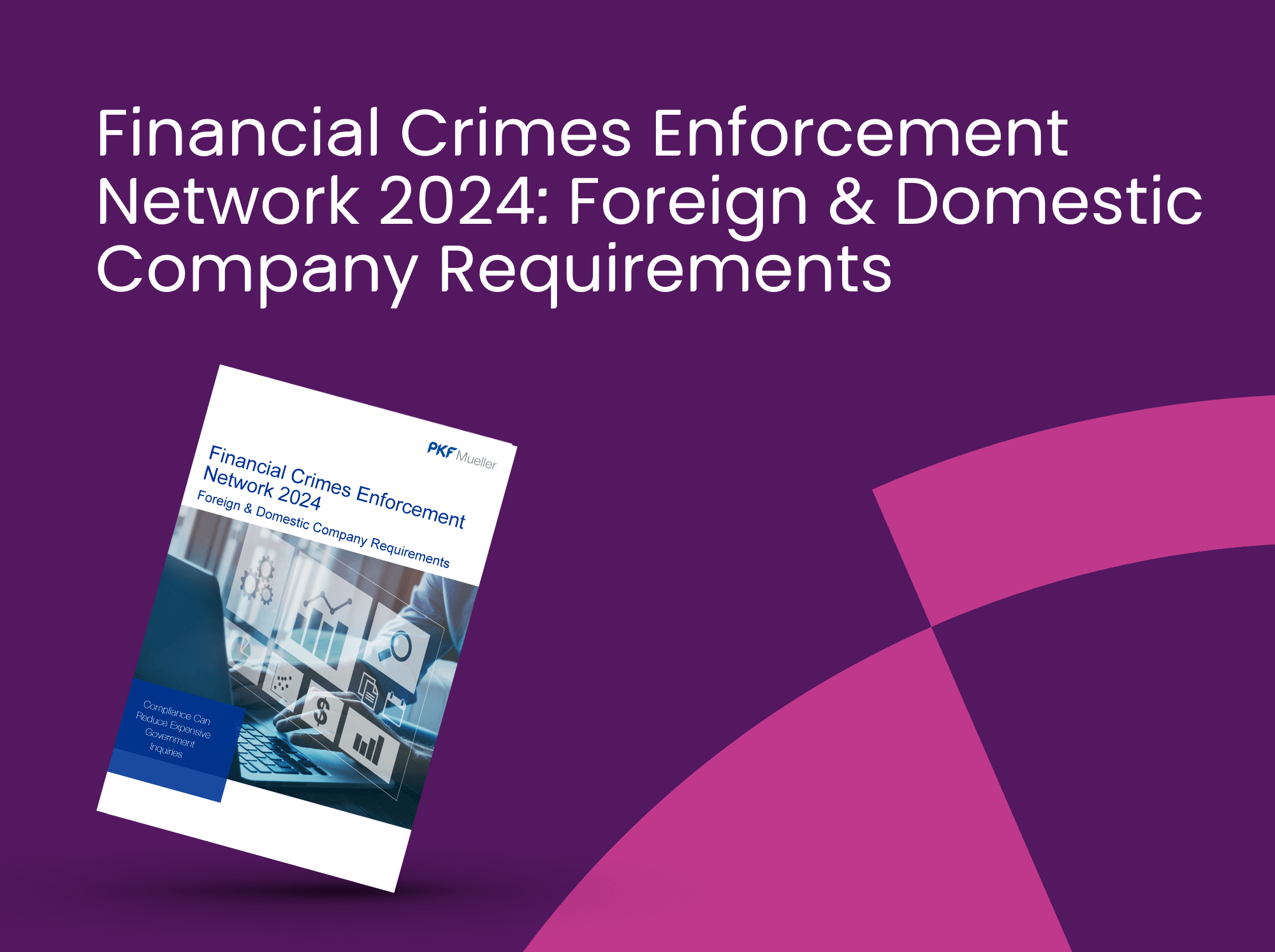New Illinois Governor, J. B. Pritzker, has proposed a wide variety of new tax revenue sources as part of his recent budget proposal. This comprehensive program is expected to generate $1.121 billion. Specific items in his proposal will be discussed below:
- Sports wagering revenues will be twofold, (1) an initial operator’s license fee which is projected to bring in $200 million, and (2) a 20% sports wagering tax based on actual wagering revenues (estimated wagering revenues $384 million – $680 million) is expected to bring in $77 million – $136 million of additional tax revenues. Bets can be placed either on-line or in-person. It is expected that 20 sports wagering licenses will be made available state-wide. Seven other states, e.g. Delaware, Pennsylvania, New Jersey, West Virginia, Rhode Island, Nevada, and Mississippi have legalized sports betting. Another twenty states have this issue under current consideration.
- Legalizing recreational marijuana is expected to generate an additional $170 million in tax revenues, however, enactment is expected to take place in 2020. The following states have legalized marijuana: Alaska, California, Colorado, Maine, Massachusetts, Michigan, Nevada, Oregon, Vermont, Washington, and the District of Columbia. The infrastructure and regulatory costs connected with legalizing marijuana can be substantial and problematic.
- Existing gambling terminals will incur a higher tax structure which is expected to bring in an addition $89 million. This gambling expansion took place in 2009 which took over three years to go live. When it did revenue estimates were vastly overstated. The actual revenue amounts were about half of the projected revenue amounts that lawmakers expected.
- State-wide five cent bag tax, except for Chicago and other jurisdictions currently imposing a similar tax, expected revenue is projected between $19-$23 million.
- A new E-cigarette tax (Vapers) will be 36% of the E-cigarette’s wholesale price, expected revenue to be $10 million.
- A cigarette tax increase of 32 cents per pack is expected to generate an additional $55 million.
- A new tax on managed care insurance organizations is expected to generate an additional $390 million of tax revenues. These insurance providers will likely pass on that additional expense to their customers which will result in a higher cost of healthcare. A similar bill was proposed earlier and rejected.
- Capping a sales tax collection discount at $1,000 per return is expected to generate an additional $75 million of revenue. This will adversely affect many large sales tax remitters. This issue had been previously targeted for reform by legislators.
- A new tax amnesty program is expected to generate an additional $175 million in tax receipts from non-filers or delinquent tax filers. Illinois has utilized tax amnesty programs before with reasonable success. Many states commonly utilize this technique to collect past due taxes. The last formal Illinois tax amnesty program was 2010. Be advised that tax amnesties are not a panacea for resolving past due state taxes. The state’s existing Voluntary Disclosure Program (VDP) should also be reviewed before making a decision to participate in a state tax amnesty program. A VDP usually has a shorter look-back period for the disclosure and payment of back taxes than tax amnesty periods. Both programs can exonerate the applicant from penalties. However, interest on unpaid taxes will usually apply. The details of the amnesty program have not yet been disclosed, but sometimes interest can be reduced. Prior Illinois amnesty programs have assessed double amnesty penalties if a taxpayer failed to disclose every item as part of an available tax amnesty disclosure period. The pros and cons of both programs should be reviewed with a qualified SALT professional.
- Decoupling Illinois from a federal tax break of a certain type of foreign income, FDII (foreign derived intangible income,) is expected to reap $94 million. Illinois and other states are commonly decoupled from certain federal income tax reform items. Bonus depreciation has been another decoupling federal tax item in prior tax years. This decoupling has led to compliance issues and revenue shifts over time.
- Phasing out the private school scholarship tax credits will result in $6 million.
What else the future may hold for Illinois taxpayers:
The Governor has a significant state infrastructure funding need which will likely come from a state gasoline tax hike of about 20 cents a gallon. It is very likely this increase will take place later this year as the Governor moves this capital project forward. There are few other funding sources available other than the gasoline tax increase.
The Governor recently unveiled his proposed graduated personal income tax rate plan. The proposed income brackets and tax rates are as follows:
4.75% Up to first $10,000
4.90% > $10,000-$100,000
4.95% > $100,000-$250,000
7.75% > $250,000-$500,000
7.85% > $500,000-$1,000,000
7.95% >$1,000,000, but this top rate would apply to ALL INCOME
without the benefit of the graduated income levels
and lower tax rates associated with those income brackets.
The author is not aware of any other state utilizing the top graduated income tax rate on all income of a taxpayer who’s annual income exceeds $1 million (the top graduated bracket.)
The Governor’s new graduated rate plan needs a new constitutional amendment that would eventually require Illinois voter approval. That vote wouldn’t take place until November 2020, likely becoming effective January 1, 2021.
Many other states impose a graduated personal income tax rate structure; California has the highest rate at 12.3%. Wisconsin’s top rate is 7.65%. Iowa’s highest rate is 8.53%. Missouri’s top rate is 5.4%. Other neighboring states impose flat personal income tax rates, e.g., Indiana and Michigan.
In addition to the new graduated personal income tax rates, the “regular” Illinois corporate income tax rate will be raised from 7.00% to 7.95%, making the combined Illinois corporate income tax rate 10.45%.
Taxation of services can always be resurrected as a potential tax revenue source. Many states tax services, but Illinois does not. What type of services would be taxed is always under debate. Most feel that B2B services should not be taxed. It has been estimated that service sales tax could yield as much as $150 million in additional state tax revenue.
Illinois personal income tax treatment of retirement income is highly favorable. Most states tax all or some retirement income streams. Illinois is an outlier as it does not currently tax any retirement income whatsoever. It is possible this issue could be revisited by the state as a potential future revenue source.
Clearly, the Governor’s proposed budget will face many challenges before its components are formally enacted into law. The Governor has proposed several “sin taxes” as new revenue sources. While there may be revenue benefits connected with these proposals, burdensome compliance and regulation await, as well as the related social issues.
The legislative process in Illinois can be arduous, but many of the foregoing proposals will likely become law in the future.
For more information, please contact:
Raymond Klosowski
Tax Manager
(708) 745-3523
rklosowski@muellercpa.com
or
Artur Krawczyk
Tax Supervisor
(847) 783-1912
akrawczyk@muellercpa.com



